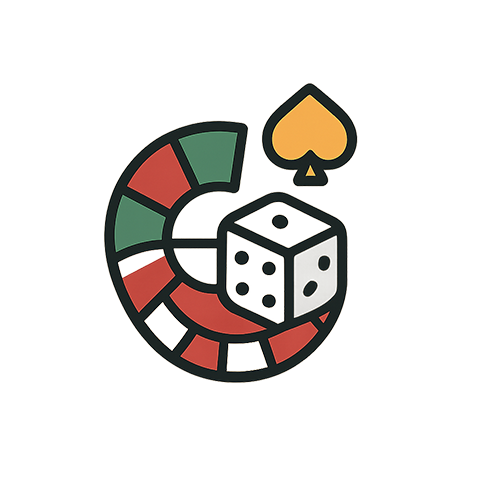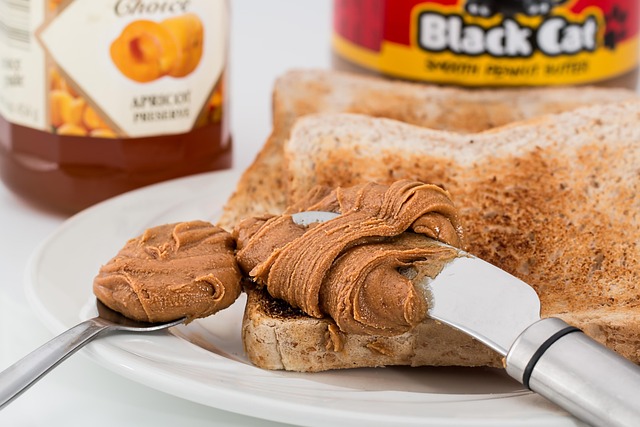When it comes to the thrilling world of poker, understanding how to spot tells can elevate your game from average to exceptional. Every player at the table carries with them unique habits and mannerisms that can reveal their hand strength or intentions. Whether you’re a novice trying to learn the ropes or a seasoned player looking to enhance your strategy, spotting these tells can make all the difference in your gambling successes.
First and foremost, it’s essential to understand what a tell is. A tell is any physical or behavioral cue that gives away information about a player’shand. This could range from twitching fingers to an unexpected change in tone of voice. To effectively spot these tells, you must cultivate a keen sense of observation. Watch your opponents closely — are they fidgeting? Do they avoid eye contact when they have a strong hand? The subtleties can be incredibly revealing.
One common tell among amateur players is the presence of “betting patterns.” Often, when a player feels confident about their hand, they may bet more aggressively or suddenly change their bet sizing. Familiarize yourself with these tendencies, as they can offer valuable insights into their state of mind and the strength of their hand. Conversely, a player who consistently makes smaller bets may be trying to keep the pot manageable or indicate weakness.
Another factor to consider is their body language. Look for signs of discomfort, such as a player leaning away from the table or crossing their arms. These physical manifestations often suggest unease or uncertainty. Conversely, a relaxed player who is leaning forward and engaged in the game is likely feeling confident about their position. Paying attention to these subtle signals allows you to adjust your strategy accordingly.
Facial expressions can also provide a wealth of information. A player who suddenly becomes stone-faced or overly animated can be displaying tells based on their emotions. For example, if they smile or laugh after a huge bet, they may be attempting to mask their true feelings about their hand. Learning to interpret these facial cues over time can give you a significant edge in critical situations.
Moreover, be mindful of your own tells. As you observe others, remember that your reactions can also betray you. Work on maintaining a consistent demeanor, regardless of your hand strength. Practice creates a poker face that keeps opponents guessing and can protect your own interests at the table.
Finally, remember that spotting tells is not foolproof; they may vary between players and contexts. Successful gamblers often utilize a blend of intuition, experience, and analytical skills. Stay alert and flexible in your approach as you continue to hone your ability to spot tells, and you’ll find yourself making more informed and strategic decisions at the poker table.




